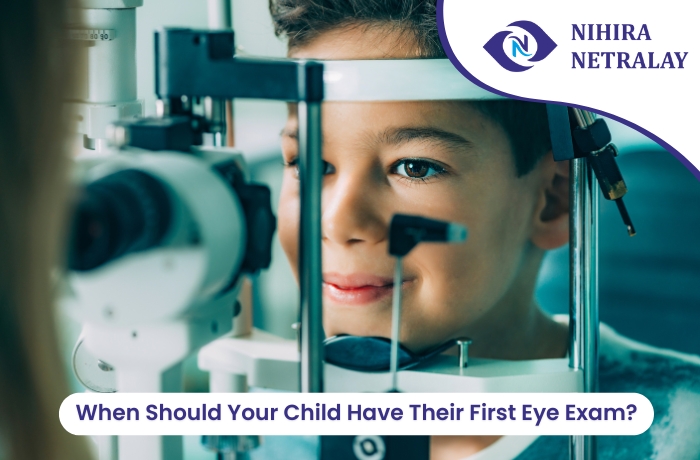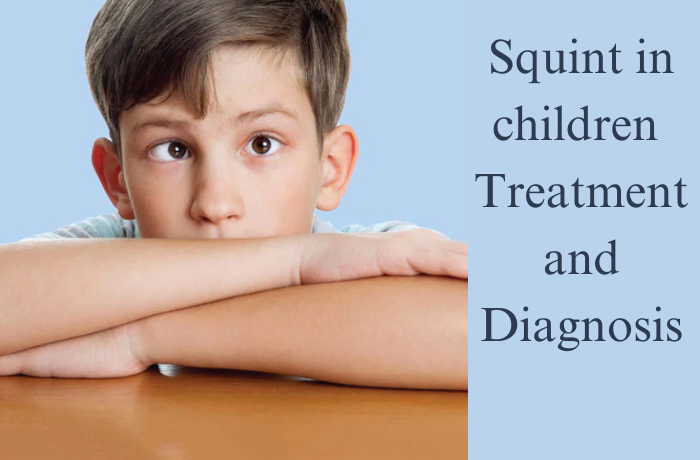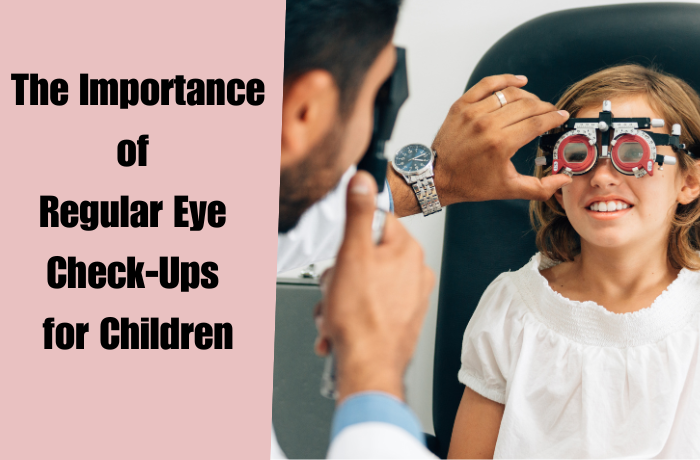Paediatric squint, also known as strabismus, is a common eye condition where the eyes do not align properly. One eye may turn inward, outward, upward, or downward while the other eye remains straight. It often develops in early childhood, and if left untreated, it can lead to long-term vision problems.
This blog will cover the symptoms, diagnosis, and treatment of paediatric squint, offering insights into how parents can identify and manage this condition.
Symptoms of Paediatric Squint
Squint in children can manifest in different ways, and early detection is crucial for effective treatment. Here are some common symptoms:
- Misaligned Eyes: The most noticeable sign is when one eye looks straight ahead while the other turns in a different direction. This may be constant or intermittent, especially when the child is tired.
- Tilting the Head: Children with squint may tilt their head to one side to help improve focus. This helps them compensate for the misalignment and avoid double vision.
- Difficulty Focusing: Parents may notice that their child has trouble focusing on objects, especially when trying to read or concentrate on a task.
- Closing One Eye: Children may close one eye to avoid seeing double or blurry images.
- Frequent Squinting or Blinking: A child might squint or blink excessively as they attempt to correct the misalignment.
- Poor Depth Perception: If a child has trouble judging distances or struggles with tasks requiring hand-eye coordination, it may indicate a squint.
Causes of Paediatric Squint
Several factors can lead to the development of squint in children:
- Congenital Causes: Some babies are born with a squint due to issues with the muscles around the eyes. This is known as congenital squint.
- Genetics: A family history of squint or other vision problems may increase the likelihood of a child developing the condition.
- Refractive Errors: Vision problems like nearsightedness, farsightedness, or astigmatism can cause squint as the eyes struggle to focus properly.
- Nerve Damage: In some cases, damage to the nerves that control the eye muscles can cause misalignment.
- Medical Conditions: Conditions such as cerebral palsy or Down syndrome may also contribute to the development of squint.
Diagnosing Squint in Children
If you suspect your child has a squint, it’s essential to consult an eye specialist for a proper diagnosis. It typically involves:
- Eye Examination: The doctor will conduct a thorough eye exam to assess the alignment of the eyes and check for any vision problems.
- Vision Tests: Tests to measure how well the child can focus and see at various distances are usually performed.
- Cover Test: This test involves covering one eye at a time to observe how the uncovered eye moves. It helps determine whether the eyes are misaligned.
- Refraction Test: A refraction test is used to measure the child’s prescription and identify any refractive errors that may be contributing to the squint.
Treatment Options for Paediatric Squint
Treatment for squint in children depends on the underlying cause and severity of the condition. Early intervention is critical for preventing long-term complications like amblyopia (lazy eye) or permanent vision loss. Here are some of the treatment options available:
- Glasses: If the squint is caused by a refractive error, prescribing glasses can help correct the alignment. Glasses are commonly used for children with farsightedness or astigmatism, as improving vision often improves eye alignment.
- Patching: If one eye is weaker than the other, the doctor may recommend covering the stronger eye with a patch. This forces the weaker eye to work harder, helping to improve its function.
- Eye Exercises: Some children benefit from specific eye exercises designed to strengthen the muscles controlling eye movement. These exercises are often prescribed alongside other treatments.
- Prism Lenses: Prism lenses can be added to glasses to help reduce double vision and assist with alignment.
- Surgery: In cases where other treatments are not effective, eye muscle surgery may be necessary. This procedure involves tightening or loosening the eye muscles to correct the misalignment. Surgery is usually recommended only when non-surgical options have failed to improve the condition.
- Botox Injections: In some cases, Botox injections can be used to temporarily weaken overactive eye muscles, helping the eyes align more effectively. This option is typically considered in specific situations and under specialist advice.
Why Early Treatment is Important
Early treatment of paediatric squint is essential for ensuring normal vision development. Left untreated, squint can lead to amblyopia, where the brain ignores the input from the misaligned eye, causing it to weaken over time. Amblyopia is treatable, but it is much easier to address if caught early.
Additionally, untreated squint can affect a child’s self-esteem and confidence, as they may become self-conscious about their appearance or struggle with tasks requiring good vision, like reading or sports.
Consult a Children Eye Care Specialist in Navi Mumbai
If you notice any signs of squint in your child, don’t delay in seeking professional help. Dr. Ankita Patil at Nihira Netralaya is a trusted Children Eye Care Specialist in Navi Mumbai, offering comprehensive care for paediatric vision problems, including squint. With early detection and the right treatment plan, you can ensure your child has the best chance for healthy vision and development.
By focusing on your child’s eye health and seeking timely care, you can prevent long-term vision problems and help them thrive in their daily activities. For more information or to book a consultation, contact Dr. Ankita Patil at Nihira Netralaya today!



